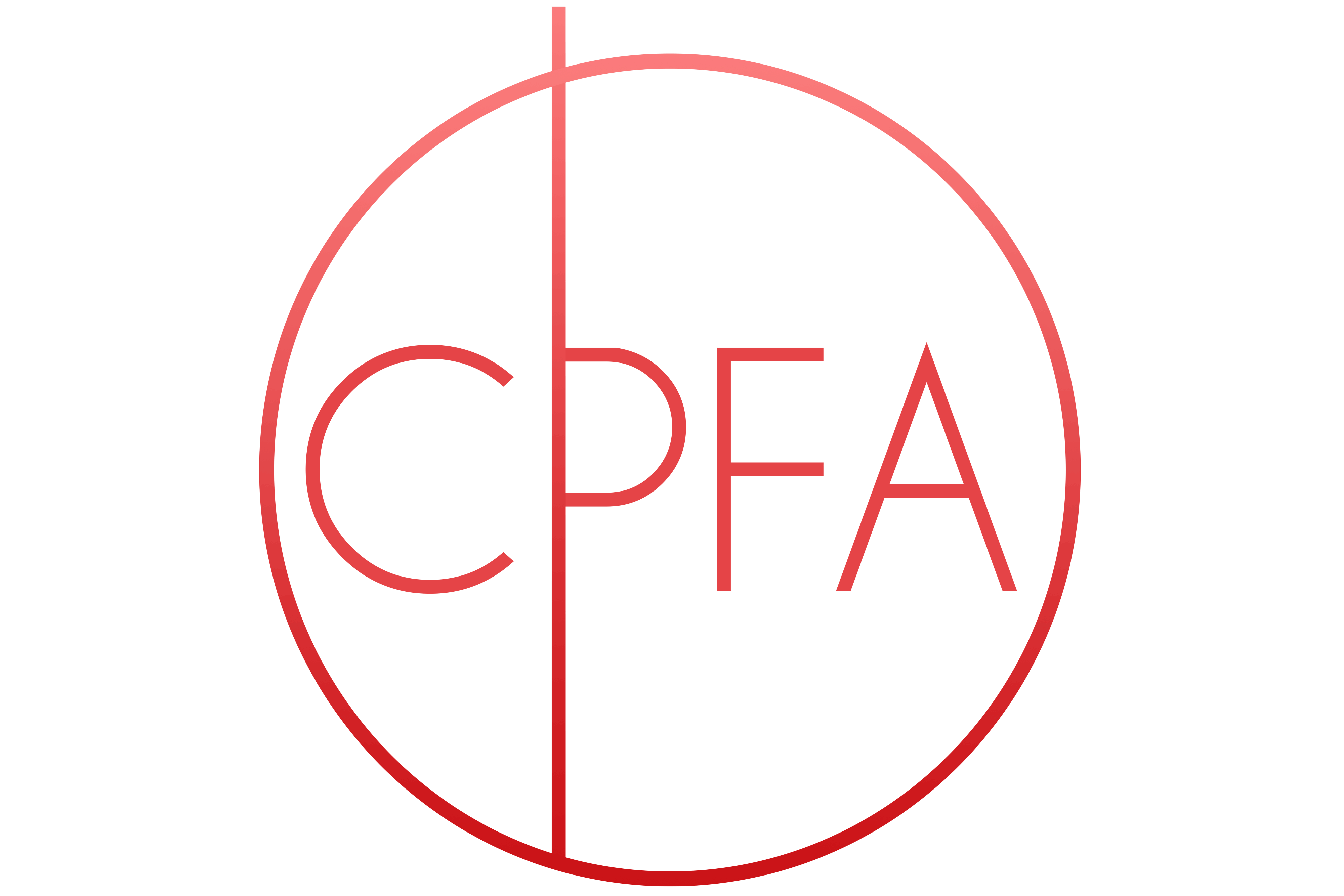CPFA SCOPE OF PRACTICE FOR SAFE INSTRUCTION
The Scope of Practice identifies the range of responsibilities for CPFA – registered Pole Fitness leaders:
- Provide initial health screening for all class participants (ie. PAR-Q).
- Student to Instructor Ratio: 7 to 1
- Skin must be free of lotions, oils and other similar substances that can make pole surface slippery
- All rings, bracelets, watches, necklaces, and other loose jewelry must be removed
- Class Attire must be appropriate for fitness training (ie. No heels allowed)
- Equipment safety:
- Clearance space of at least 4 feet from each pole to obstacles and other poles
- Proper installation check-up before commencing each training session
- Ongoing equipment cleaning through out training sessions to remove oils, sweat and substances that can make equipment slippery compromising the safety of the class
- Provide proper warm up and cool down of all major muscle groups
- Follow adequate class progression that allows for positive and safe musculoskeletal adaptations to exercise
- Provide safe exercise modifications when needed
- Provide instruction on both, dominant and non-dominant sides of the body
- Ongoing education on proper body positioning and alignment: emphasis in wrist – elbow – and shoulder safety; core activation for stability and spine safety.
- Use safe spotting techniques, being able to identify and correct unsafe practices among participants
- Design, modify and instruct safe, effective and appropriate Pole Fitness exercise programs to apparently healthy individuals or special populations who have received medical clearance* in a Pole Fitness studio setting.
- Provide ongoing monitoring of class and equipment
- Ensure a safe exercise environment utilizing standard screening tools.
- Use of 3 inch minimum crash mat in classes that involve inversions
- Use of grip enhancers when appropriate
- Follow CPFA Pole Fitness Instructor Code of Ethics
- Maintain valid fitness registration(s) and current first aid and cpr
*Medical Clearance: Medical clearance given to an individual to participate in a non-specialized (general) exercise program. Pole Fitness leaders must ensure that they comply with the terms of such clearance as indicated by the medical practitioner regarding these individuals.
POLE FITNESS INSTRUCTOR SCREENING GUIDE:
Pole Fitness Instructors – basic level – must be knowledgable in the following subjects:
- Understand and apply musculoskeletal anatomy & movement to Pole Fitness
- Pole Fitness terminology, physical and physiological adaptations to training, equipment safety, and general information on the Pole Fitness Industry
- Safety Techniques and injury prevention methods: grip safety, wrist, elbow, shoulder safety.
- Deep Core: what the core is and how to engage it without pelvic adjustment. Understanding how the core works to take strain off the rest of the body. Roll of the core in Pole Fitness
- Demonstration, break down and instruction of Pole Fitness in a safe, professional and comprehensive manner
- Exercise modifications for various levels of participants
- Safe spotting techniques, being able to identify unsafe practices among participants and how to properly correct exercises
- Development of a complete Pole Fitness class and each of its components
- How to link exercises and transitions into Pole Fitness routines
- Understand professional responsibilities and ethics of becoming a Pole Fitness Instructor
POLE FITNESS INSTRUCTOR CODE OF ETHICS
- Provide safe and effective exercise instruction
- Provide equal and fair treatment to all participants
- Understand the current research and latest techniques in exercise
- Be knowledgeable in the prevention and management of injuries and first aid emergencies: maintain current First aid and CPR
- Always keep confidentiality of all client information
- Refer clients to more qualified fitness, medical or health professionals when appropriate
- Apply one’s knowledge to a variety of training needs
- Create fun and effective exercise programs
- Demonstrate proper and safe exercise techniques
- Provide valuable feedback to participants
- Communicate effectively
- Provide inspiration, motivation and encouragement
- Conduct their job in a professional, respectful and ethical manner

